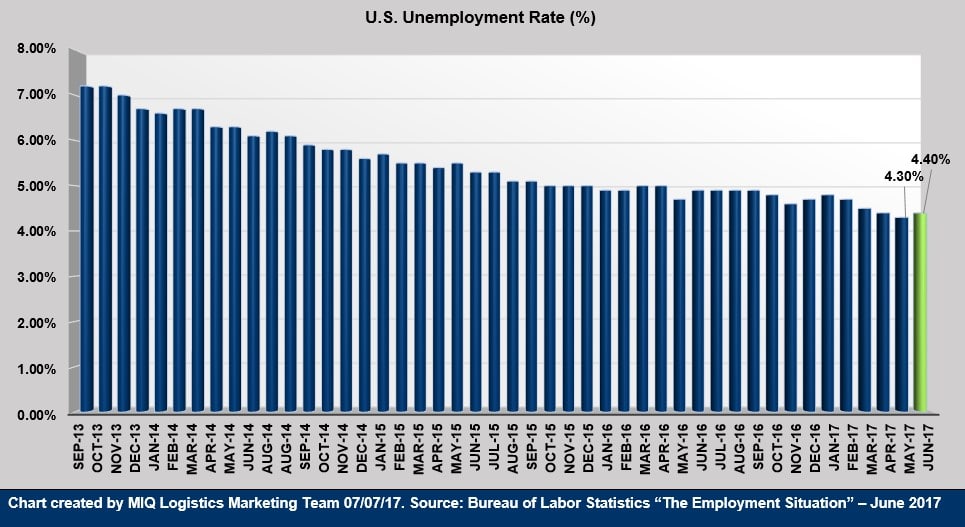“The August gain is consistent with continuing growth in the U.S. economy for the second half of the year, which may even see a moderate pick up,” said Ataman Ozyildirim, Director of Business Cycles and Growth Research at The Conference Board. “While the economic impact of recent hurricanes is not fully reflected in the leading indicators yet, the underlying trends suggest that the current solid pace of growth should continue in the near term.” – The Conference Board
News / Economic News
Source: Institute for Supply Management
Economic activity in the manufacturing sector expanded in August, and the overall economy grew for the 99th consecutive month, say the nation’s supply executives in the latest Manufacturing ISM® Report On Business®.
“The U.S. LEI improved in July, suggesting the U.S. economy may experience further improvements in economic activity in the second half of the year,” said Ataman Ozyildirim, Director of Business Cycles and Growth Research at The Conference Board. “The large negative contribution from housing permits, a reversal from June, was more than offset by gains in the financial indicators, new orders and sentiment.” – The Conference Board
Source: U.S. Census Bureau
Sales
The combined value of distributive trade sales and manufacturers’ shipments for June, adjusted for seasonal and
trading-day differences but not for price changes, was estimated at $1,356.8 billion, up 0.3 percent (±0.2
percent) from May 2017 and was up 4.3 percent (±0.4 percent) from June 2016.
Source: Bureau of Labor Statistics
Total nonfarm payroll employment increased by 209,000 in July, and the unemployment rate was little changed at 4.3 percent, the U.S. Bureau of Labor Statistics reported today. Employment increased in food services and drinking places, professional and business services, and health care.
Source: Institute for Supply Management
Economic activity in the manufacturing sector expanded in July, and the overall economy grew for the 98th consecutive month, say the nation’s supply executives in the latest Manufacturing ISM® Report On Business®.
“The U.S. LEI rose sharply in June, pointing to continued growth in the U.S. economy and perhaps even a moderate improvement in GDP growth in the second half of the year,” said Ataman Ozyildirim, Director of Business Cycles and Growth Research at The Conference Board. “The broad-based gain in the U.S. LEI was led by a large contribution from housing permits, which improved after several months of weakness.” – The Conference Board
Source: U.S. Census Bureau
Sales
The combined value of distributive trade sales and manufacturers’ shipments for May, adjusted for seasonal and
trading-day differences but not for price changes, was estimated at $1,350.2 billion, down 0.2 percent (±0.2
percent)* from April 2017, but was up 5.1 percent (±0.4 percent) from May 2016.
Source: Bureau of Labor Statistics
Total nonfarm payroll employment increased by 222,000 in June, and the unemployment rate was little changed at 4.4 percent, the U.S. Bureau of Labor Statistics reported today. Employment increased in health care, social assistance, financial activities, and mining.

Source: Institute for Supply Management.
Economic activity in the manufacturing sector expanded in June, and the overall economy grew for the 97th consecutive month, say the nation’s supply executives in the latest Manufacturing ISM® Report On Business®.










